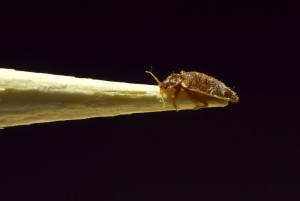 If you suspect bed bugs in your home or business, it’s imperative to have a professional inspect your property. The nature of bed bugs presents homeowners with a whole other level of concern that many bugs do not. Bed bugs can feel dirty and psychologically intrusive it is hard to admit to them. Even harder can be to let a stranger come into your home and start peeling away layers of a room in order to find the nasty pest.
If you suspect bed bugs in your home or business, it’s imperative to have a professional inspect your property. The nature of bed bugs presents homeowners with a whole other level of concern that many bugs do not. Bed bugs can feel dirty and psychologically intrusive it is hard to admit to them. Even harder can be to let a stranger come into your home and start peeling away layers of a room in order to find the nasty pest.
At Johnson Pest Control, we are committed to providing thorough bed bug inspections for your peace of mind. You can trust that if there are bed bugs in your property, we will find them! Our experts are here to share some of the key steps in the inspection process—keep reading to learn more!
1. Early Detection of Bed Bugs
Bed bugs can be very difficult to spot even to the trained eye, especially in the early stages of infestations. As a home or business owner, it’s crucial to always keep your eye out for any early signs of pests. There are still a few actions that can be implemented to detect bed bugs in their early stages:
- Sticky traps that are used for other pests can be placed around a room in order to capture potential bed bug activity. Capturing bed bugs in this manner is considered more by chance, so using this method to detect the presence of bed bugs works, but it is not a good tool to determine if you have eliminated a problem.
- Mattress and box spring encasements can be placed around a bed in order to help detect an early infestation. Mattresses and box springs provide ample places for bed bugs to hide. Putting on an encasement can help by taking away the hiding places for the bed bug. If you find bed bugs using this method, it’s time to call your local pest control experts.
2. Professional Bed Bug Inspection Process
Due to the many places in which bed bugs can hide, a visual bed bug inspection is not the most reliable, especially for the earliest infestations. There are countless cracks and folds in mattresses, box springs, walls, etc., that bed bugs can hide in. It can be difficult to find bed bugs in these places. In most cases, a visual inspection will allow you to determine whether a problem exists. One of our professional bed bug exterminators will use a flashlight, magnifying glass, and possibly some tweezers to search for possible hiding spots upon arrival. In order to get as thorough a visual inspection as possible, they will likely peel away sheets and look under furniture.
If a visual inspection turns up negatives then our pest professionals will put in some of the early detection monitors and mattress encasements to ensure bed bugs stay away.
Want to Learn More About Bed Bug Inspections?
What Bed Bug Treatments Are Available?
Once we have been able to identify bed bugs within your room or property, then we will work with you on isolating the areas and prescribing the best treatment for bed bugs. Heat treatments are the most effective practice in killing off bed bugs, but it is also the most time-consuming. This is why we want to make sure the bed bug problem is there before starting on any treatment plan. In any case, we will work hard to determine the best way to get rid of bed bugs in your home or business as quickly as possible.
Think You Need a Bed Bug Inspection?
At Johnson Pest control, we understand how distressing a bed bug infestation can be. You can trust that throughout our inspection and treatment process, we will walk you through every step. Our team is committed to ridding you of bed bugs for good. To learn more about our inspection process or to schedule service, contact us today to get started!
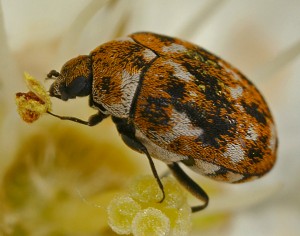
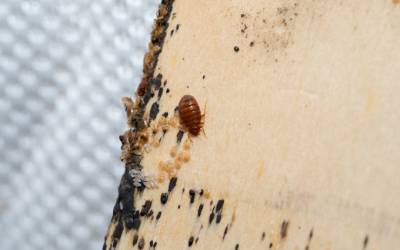
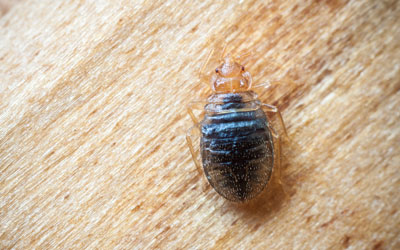 Discovering bug bites of any sort on your skin can be distressing. But how do you know what bit you in the first place? Many bugs will bite sight unseen—meaning you won’t know what bit you until you see the symptoms of the bites on your skin. One of the main types of bug bites is bed bug bites. In fact, seeing bites on your skin are oftentimes one of the first signs you have a bed bug problem in general. For this reason, it’s crucial to learn how to identify bed bug bites against other types of bug bites. In this article, the bed bug experts at Johnson Pest Control are here to share their knowledge on identifying bed bugs through their unique bites.
Discovering bug bites of any sort on your skin can be distressing. But how do you know what bit you in the first place? Many bugs will bite sight unseen—meaning you won’t know what bit you until you see the symptoms of the bites on your skin. One of the main types of bug bites is bed bug bites. In fact, seeing bites on your skin are oftentimes one of the first signs you have a bed bug problem in general. For this reason, it’s crucial to learn how to identify bed bug bites against other types of bug bites. In this article, the bed bug experts at Johnson Pest Control are here to share their knowledge on identifying bed bugs through their unique bites.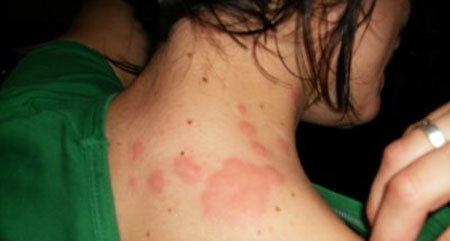
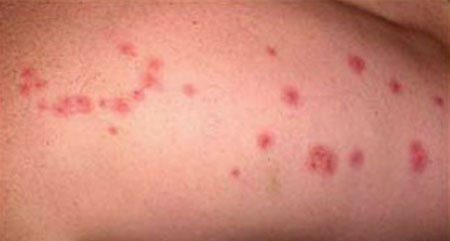
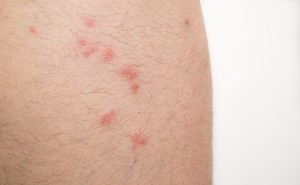
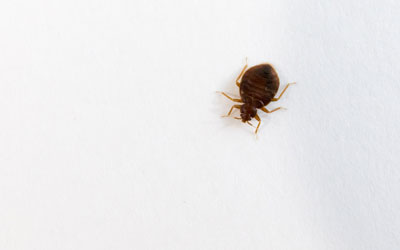 Bed bugs are one of the most dreaded pest problems. Unfortunately, they’re also one of the most common. With Bed Bug Awareness Week upon us, there’s no better time to dispel common myths about these pests. In order to better prepare yourself for the possibility of getting an infestation one day, it’s important to unlearn misconceptions about
Bed bugs are one of the most dreaded pest problems. Unfortunately, they’re also one of the most common. With Bed Bug Awareness Week upon us, there’s no better time to dispel common myths about these pests. In order to better prepare yourself for the possibility of getting an infestation one day, it’s important to unlearn misconceptions about  DIY projects are certainly beloved by many. If you’re planting your own garden or embarking on an art project, DIY is absolutely the way to go. However, do-it-yourself pest control is a bit of a gamble. Store-bought products can occasionally help with a small pest problem, but they’re also often filled with chemicals. DIY pest control is also never a long-term solution to dealing with ongoing infestations or any underlying problems. Here at Johnson Pest Control, we want to help our customers make informed choices when it comes to protecting their homes from pests. Keep reading to learn whether DIY or professional pest control is the best choice for you.
DIY projects are certainly beloved by many. If you’re planting your own garden or embarking on an art project, DIY is absolutely the way to go. However, do-it-yourself pest control is a bit of a gamble. Store-bought products can occasionally help with a small pest problem, but they’re also often filled with chemicals. DIY pest control is also never a long-term solution to dealing with ongoing infestations or any underlying problems. Here at Johnson Pest Control, we want to help our customers make informed choices when it comes to protecting their homes from pests. Keep reading to learn whether DIY or professional pest control is the best choice for you.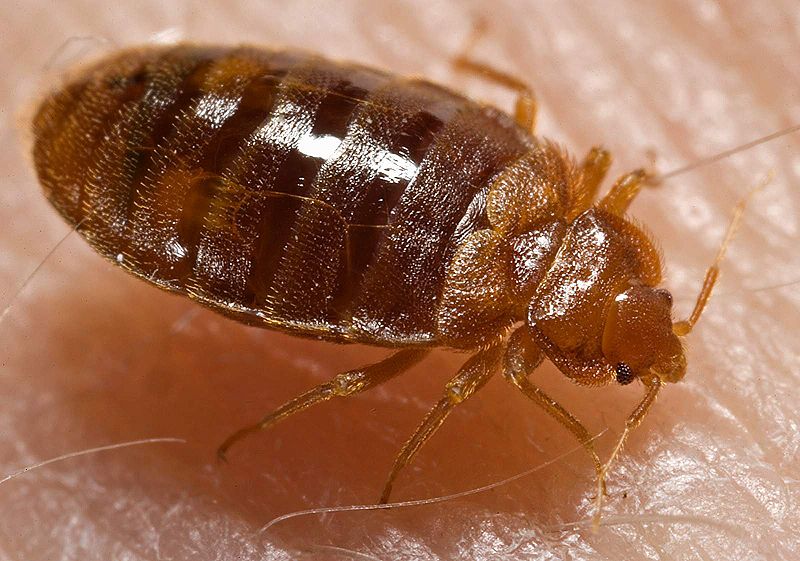 As Thanksgiving kicks off the holiday season, Americans will be making travel plans to celebrate with relatives and friends, both near and far. With the increased amount of travel occurring during the next couple of months, we like to remind our friends to be on the lookout for signs of bed bugs. Having an awareness of bed bugs while traveling will help you avoid spreading these hitchhiking pests—or, even worse, bringing them home.
As Thanksgiving kicks off the holiday season, Americans will be making travel plans to celebrate with relatives and friends, both near and far. With the increased amount of travel occurring during the next couple of months, we like to remind our friends to be on the lookout for signs of bed bugs. Having an awareness of bed bugs while traveling will help you avoid spreading these hitchhiking pests—or, even worse, bringing them home.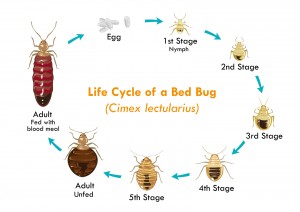
 Bed Bug Research Executive Sample
Bed Bug Research Executive Sample